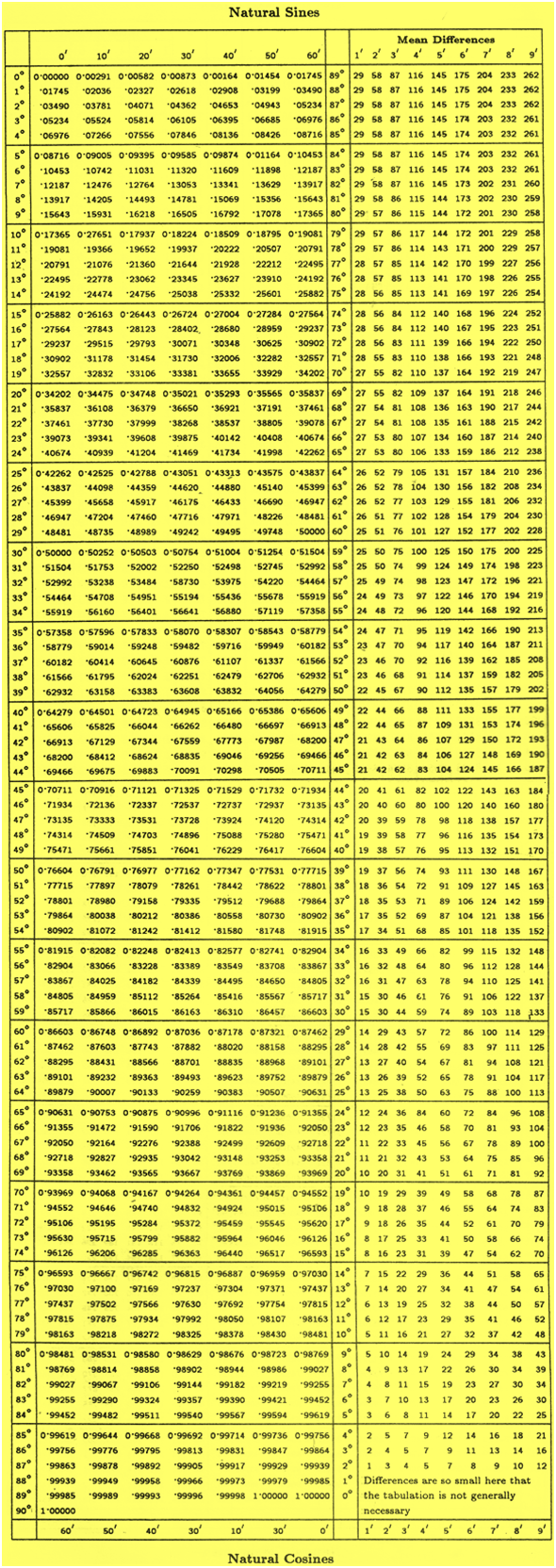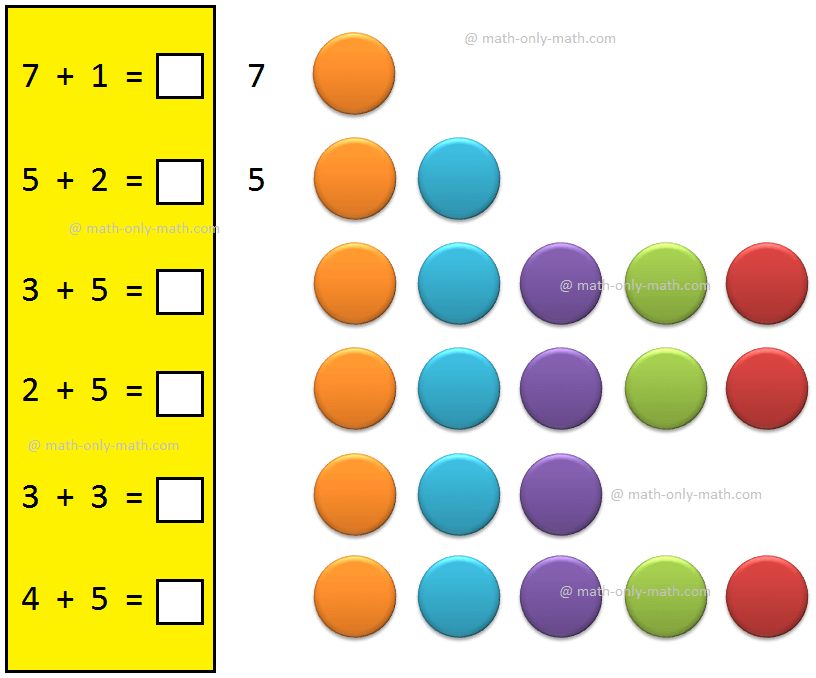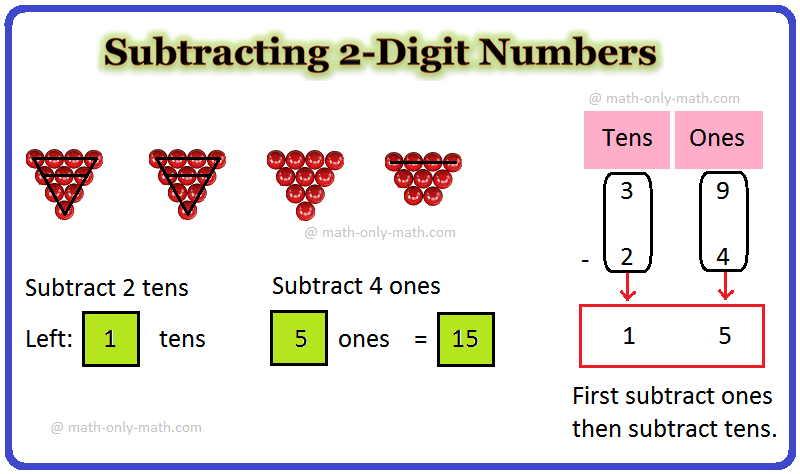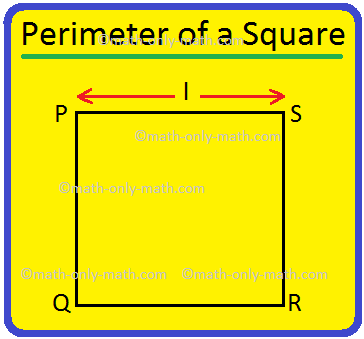Table of Sines and Cosines
We will discuss here the method of using the table of sines and cosines:
This table shown below is also known as the table of natural sines and natural cosines.
Using the table we can find the values of sines and cosines of angles ranging from 0° to 90° at intervals of 1'.
We
can observe that the table of natural sines and natural cosines are generally
divided into the following parts. They are the following:
(i) In the extreme left vertical column of the table the angles are from 0° to 90° at intervals of 1°.
(b) In another vertical column about the middle of the table the angles are from 89° to 0° at intervals of 1°.
(ii) In the horizontal row at the top of the table the angles are from 0' to 60' at intervals of 10'.
(iii) In the horizontal row at the bottom of the table the angles are from 60' to 0' at intervals of 10'.
(iv) In the horizontal row at the extreme right of the table the angles are from 1' to 9' at intervals of 1'. This part of the table is known as Mean Difference Column.
Note:
(i) From the table we get the sine or cosine value of any given angle correct to five decimal places.
(ii) We know that the sine of any given angle is equal to that of cosine of its complementary angle [i.e., sin θ = cos (90 - θ)]. So, the table is drawn in such a way that we can use the table to find the sin and cosine value of any given angle between 0° and 90°.
Solved examples using the table of natural sines and natural cosines:
1. Using table of natural sines, find the value of sin 55°.
Solution:
To find the value of sin 55° by the using the table of natural sines we need to go through the extreme left vertical column 0° to 90° and move downwards till we reach the angle 55°.
Then we move horizontally to the right at the top of the column headed by 0' and read the figure 0.81915, which is the require value of sin 55°.
Therefore, sin 55° = 0.81915
2. Using table of natural cosines, find the value of cos 29°
Solution:
To find the value of cos 29° by the using the table of natural cosines we need to go through the vertical column about the middle of the table 89° to 0° and move upwards till we reach angle 29°.
Then we move horizontally to the left at the bottom of the row above the column 0' and read the figure 0.87462, which is the require value of cos 29°.
Therefore, cos 29° = 0.87462
3. Using the trigonometric table, find the value of sin 62°30’
Solution:
To find the value of sin 62°30' by the using the table of natural sines we need to go through the extreme left vertical column 0° to 90° and move downwards till we reach the angle 62°.
Then we move horizontally to the right at the top of the column headed by 30' and read the figure 0.88701, which is the require value of sin 62°30'.
Therefore, sin 62°30' = 0.88701
4. Using table of natural sines and natural cosines, find the value of cos 63°50'
Solution:
To find the value of cos 63°50' by the using the table of natural sines and natural cosines we need to go through the vertical column about the middle of the table 89° to 0° and move upwards till we reach angle 63°.
Then we move horizontally to the left at the bottom of the row above the column 50' and read the figure 0.44098, which is the require value of cos 63°50'.
Therefore, cos 63°50' = 0.44098
5. Using the trigonometric table, find the value of sin 33°28'
Solution:
To find the value of sin 33°28' by the using the trigonometric table table of natural sines we need to first find the value of sin 33°20'.
To find the value of sin 33°20’ by the using the table of natural sines we need to go through the extreme left vertical column 0° to 90° and move downwards till we reach the angle 33°.
Then we move horizontally to the right at the top of the column headed by 20' and read the figure 0.54951, which is the require value of sin 33°20'.
Therefore, sin 33°20' = 0.54951
Now we move further right along the horizontal line of angle 33° to the column headed by 8' of mean difference and read the figure 194 there; this figure of the table does not contain decimal sign. In fact, 194 implies 0.00194. Now we know that when the value of an angle increases from 0° to 90°, its sine value increases continually from 0 to 1. Therefore, to find the value of sin 33°28' we need to add the value corresponding to 8’ with the value of sin 33°20'.
Therefore, sin 33°28' = sin (sin 33°20' + 8') = 0.54951 + 0.00194 = 0.55145
6. Using the trigonometric table, find the value of cos 47°56'
Solution:
To find the value of cos 47°56' by the using the trigonometric table table of natural sines and natural cosines we need to first find the value of cos 47°50'
To find the value of 47°50' by the using the table of natural sines and natural cosines we need to go through the vertical column about the middle of the table 89° to 0° and move upwards till we reach angle 47°.
Then we move horizontally to the left at the bottom of the row above the column 50’ and read the figure 0.67129, which is the require value of cos 47°50'.
Therefore, cos 47°50' = 0.67129
Now we move further right along the horizontal line of angle 47° to the column headed by 6’ of mean difference and read the figure 129 there; this figure of the table does not contain decimal sign. In fact this figure 60 implies 0∙ 00129. We know that when the value of an angle increases from 0° to 90°, its cosines value decreases continually from 1 to 0. Therefore, to find the value of cos 47°56' we need to subtract the value corresponding to 6' from the value of cos 47°50'
Therefore, cos 47°56' = cos (47°50' + 6') = 0.67129 - 0∙ 00129 = 0.67
● Trigonometrical Table
From Table of Sines and Cosines to HOME PAGE
Didn't find what you were looking for? Or want to know more information about Math Only Math. Use this Google Search to find what you need.
Recent Articles
-
Adding 1-Digit Number | Understand the Concept one Digit Number
Apr 26, 24 01:55 PM
Understand the concept of adding 1-digit number with the help of objects as well as numbers. -
Subtracting 2-Digit Numbers | How to Subtract Two Digit Numbers?
Apr 26, 24 12:36 PM
In subtracting 2-digit numbers we will subtract or minus a two-digit number from another two-digit number. To find the difference between the two numbers we need to ‘ones from ones’ and ‘tens from -
1st Grade Word Problems on Subtraction | Subtracting 2-Digit Numbers
Apr 26, 24 12:06 PM
In 1st grade word problems on subtraction students can practice the questions on word problems based on subtraction. This exercise sheet on subtraction can be practiced by the students to get more ide… -
Subtracting 1-Digit Number | Subtract or Minus Two One-Digit Number
Apr 26, 24 11:21 AM
In subtracting 1-digit number we will subtract or minus one-digit number from one-digit number or one-digit number from 2-digit number and find the difference between them. We know that subtraction me… -
Perimeter of a Square | How to Find the Perimeter of Square? |Examples
Apr 25, 24 05:34 PM
We will discuss here how to find the perimeter of a square. Perimeter of a square is the total length (distance) of the boundary of a square. We know that all the sides of a square are equal. Perimete…






